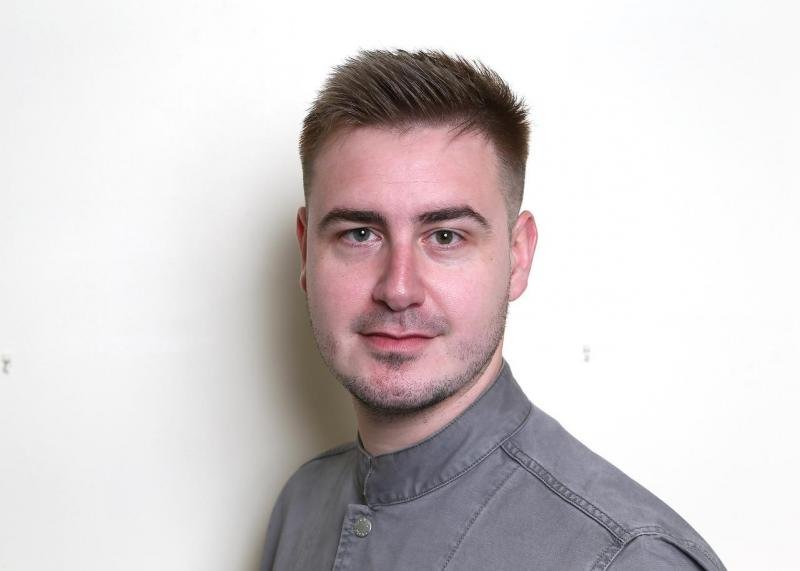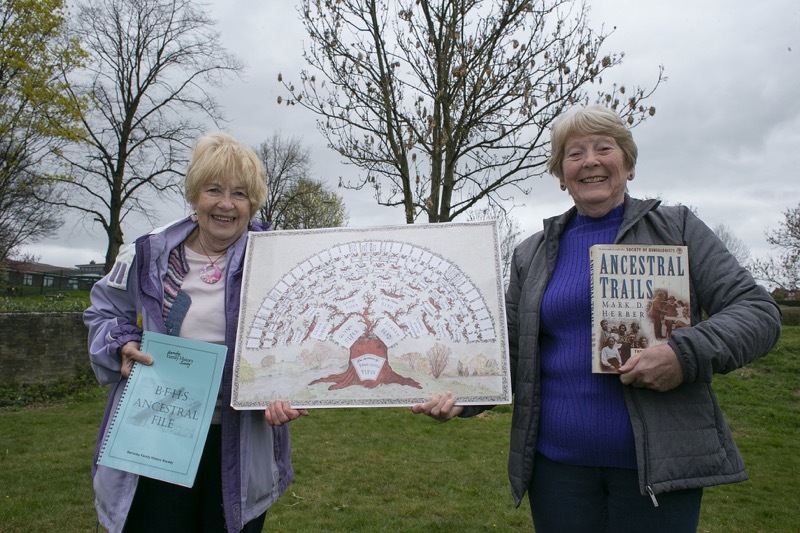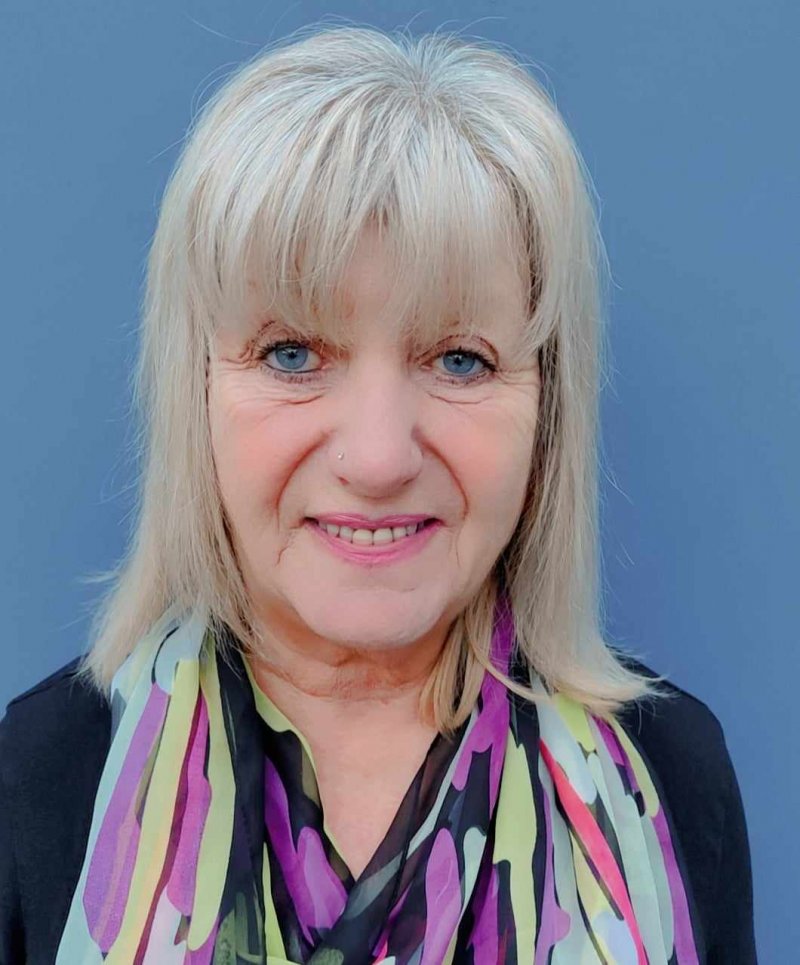OF the many pastimes people have taken up during lockdown, genealogy has been at the top of the tree. Ashley Ball finds out more from the Barnsley Family History Society.
FOR people researching their ancestral roots in Barnsley, the town’s family history society is often a port of call.
Membership with the 35-year-old society during lockdown has risen significantly to 250 members as people have gone online and in some cases hit proverbial brick walls.
The popular websites, like ancestry.com and findmypast, allow researchers access to census and military records, birth, marriage and death certificates and the recently added 1939 register.
Where Margaret Williams, the society’s general secretary and researcher comes in, is to supplement these sources, particularly for those digging from overseas.
A bit of local knowledge still goes a long way.
“All I need is a name and then we go from there,” she said.
“All I say is join the society as a goodwill gesture and I will have a look.
“I used to get two or three requests every few months but it’s been 20 or 30 during lockdown. I wasn’t able to cope.
“We have a lot of overseas members, particularly in Australia, who have roots in the town.
“I will check the birth, marriages and deaths record first and go from there. Then I can check the 1939 register and go back a hundred years to the 1841 census. It’s the first one that’s available.
“From 1837 backwards there were no official records. You’re relying on parish or bishop records.
“Around the single person they want researching I’ll add the background from the maternal and paternal lines. People have usually started their trees but they only know the modern day relations.”
One of Barnsley’s most famous sons, Sir Michael Parkinson, had his own tree examined ahead of a potential featuring on BBC’s popular Who Do You Think You Are? programme, a series which features celebrities who go on a voyage of discovery of what their forebears went through.
However, Michael’s was called off with researchers unable to find anything interesting.
Parky told the Radio Times in 2009: “I had known for some time that the story of my genealogy was unremarkable. On my father’s side miners and farm labourers; on my mother’s railwaymen and domestics.
“So when Who Do You Think You Are? called and asked if I was interested, I said I would be delighted, but warned that my own research had unearthed nothing of note. They said ‘oh, they all say that, but we always find something’.
“Six weeks later they phoned to apologise - my story was so boring they had to cancel the entire project. I was gutted.”
Though most people with deep-rooted ties with the town are likely to come across a similar succession of miners, farmers and domestics, Margaret says any suggestion that someone’s tree is boring is ‘unkind’.
“It’s someone’s story so it means something to them,” she added.
“People did not really move very far from where they were born back then unless they were in a situation where they couldn’t make a living where they lived.
“Practically every village had a mine and most people’s heritage is based around the coming of the railways.”
Barnsley, though a poor town throughout the last two centuries, always seemed to give them that option. Margaret herself claims not to have come across many living or dying in one of the dreaded Dickens-esque workhouses.
There is always the chance of unearthing something remarkable. With ancestors doubling with every generation, you are essentially getting more and more raffle tickets in a draw to find something out of the ordinary.
“One of our members discovered they were descended from an admiral,” said Margaret.
“We also had a nice discovery of someone related to nailmakers and they were able to be shown around a former forge, now a house, owned by a friend of mine in Hoylandswaine.
“Places like that all supported the mining industry. Directly or indirectly.”
***
THE pandemic’s impact on the group has had pros and cons.
The group, much like the family trees they tend to, has grown slowly since its formation in 1986 by a small but enthusiastic group from a Cudworth genealogy class.
In normal times they would meet once a week at Buckley Church Hall off Sheffield Road.
Journals are produced four times a year and guest speakers attend the meetings.
The group’s volunteers have done painstaking work in transcribing old records which help add detail that the big companies cannot.
Vice-chairperson Doreen Piper said: “We thought it would just be a few months and then we could get back to normal, but as time went on we had to make other plans.
“We had to cancel all the speakers we had booked, but being optimistic rebooked them for this year. I think we have to be positive about the future. We have a great membership, and we are looking forward to arranging meetings in the near future.”
***
THE town’s Irish diaspora is not championed nearly as much as their Gaelic brethren in the nearby big cities like Manchester, Leeds and Sheffield, yet it’s now home to many with Irish roots.
The town’s historic appeal has always been due to its many jobs within the coal industry.
For a nation plagued by famine, poverty, civil war and political upheval, Barnsley would have seemed a shining light across the sea for many.
Finding an Irish ancestor is far from uncommon in Barnsley and surnames always give a handy clue with prominent Barnsley people footballer manager Mick McCarthy, Olympic cyclist Ed Clancy, actor Shaun Dooley and theatre owner John and his daughter actress Katherine Kelly retaining a surname with Emerald Isle origins.
Mick qualified for the Irish national team through his County Waterford-born father Charlie, and earned 57 caps as a player before managing them at the 2002 World Cup.
Margaret said: “A lot of Irish came over to work in the mills, woollen mills, the railways and the mines in the north of England. Some, naturally, found their way to Barnsley.”
Doreen Piper, vice-chairperson and treasurer, added: “We have quite a bit of Irish stock in the membership. A lot would have come over as a result of the famine (1845-52).”
Doreen’s own analysis of the census records from 1851 shows at least 51 Irish-born workers living in either Barnsley or Worsbrough.
Trades tended to be mostly in weaving but hawkers, jewellery dealers and manual labour also featured.
There’s a change within the next 40 years, with the influx of Irish workers not halting, but with them being found in industrial villages like Cudworth, Elsecar and Darfield too and taking up jobs in the mining, building and heavy industry trades.
“A lot of Welsh pop up and of course there was the Welsh chapel at Carlton,” added Doreen, who also noted an influx of migrants from the Midlands.
“Barnsley had coal mines, railways, glassworks and building projects.
“There are not as many weavers, but it really shows how Barnsley had progressed in 40 years, and all these people had come and brought their families and settled. Those migrants have made Barnsley what it is today.”


























